Throughout my career, teaching has always been a central part of my life. It gives me the ability to keep this beautiful art form alive and thriving, while working to improve the life of each student I come to interact with. I trust that the training in movement practice provides unparalleled skills that the students carry with them for the rest of their lives, no matter their career choice.
I have had the opportunity to train in both classical and contemporary forms of ballet, modern, and jazz, providing me with a wealth of knowledge and experience that has helped throughout my career. I find that this well-rounded outlook on dance is crucial for all students. In considering this, when teaching any genre, I choose to balance the class with different techniques to provide the students with as much experience as possible. For example, I have found that each ballet technique has different strengths that can not only create a balanced class, but can also shift to fit every body type. I work with elements from the Checcetti, Vagonova, and American teaching styles in order to create a well-rounded class that can work with every student in the room. Similarly in modern, pulling from Horton, Limón, and Release Technique can give the students the ability to find the standing leg, provide breath and dynamic, and release smoothly into the floor all in one class. In a jazz class, classical techniques, such as Luigi, are employed to build strength and challenge the mind, while musical theatre elements are used to enhance the performer within every student. Though all of these styles within each genre can be intermixed, the ability to teach each in a disciplined venue, is also a strength.
Teaching dance must also be accompanied by a strong understanding of kinesiology. While perfect rotation at the hip is rare, understanding the shape and limitations of the hip joint allows students to access safe and successful rotation in their movement, based on what is correct for their body. Each student is different, but an understanding of these anatomical concepts will help them to understand what they are capable of while allowing them to dance safely for the rest of their lives. I have found that this perspective also provides students with a sense of body awareness that can help them succeed.
I also strive to create a classroom that welcomes and encourages the voices of my students. While dance may be achieved through physicality in the body, a successful class relies on the mind/body connection of the individual. I want my students to think critically, question what they are asking their bodies to master, and understand the intention of movement. In this way they are challenged to be involved in the learning process. I do this by asking them to verbally interact with the movement through questions, group and partner work, and critically analyzing the movement that is given.
Within this process, I have come to value the citizenship and humanity within my students. It is because of this that I do not expect students to leave their lives at the door with their coats. I begin every class with a check in, allowing them to be humans in the classroom. If they are having a difficult or exceptional day or week, it will effect their experience in the room. It is my job as an instructor to not ignore these difficulties or celebrations. If I ask my students to be well rounded in their dance technique, I must also allow them to be well rounded in their lives and experiences. It is because of this that I attempt to remove the concept of perfection from the room. Dancers should always be working towards goals of improvement. The concept of perfection provides unrealistic expectations that lead to overly competitive environments and an unhealthy perspective on success. Every student has their own learning path that should be honored.
No matter their choice of career, body type, or technical ability, I strive to create a positive and well rounded experience for each student in the room. I hope they continue on from my classroom as critical thinkers in movement, taking these skills into every aspect of their lives.

